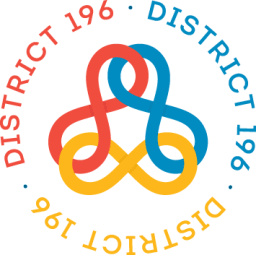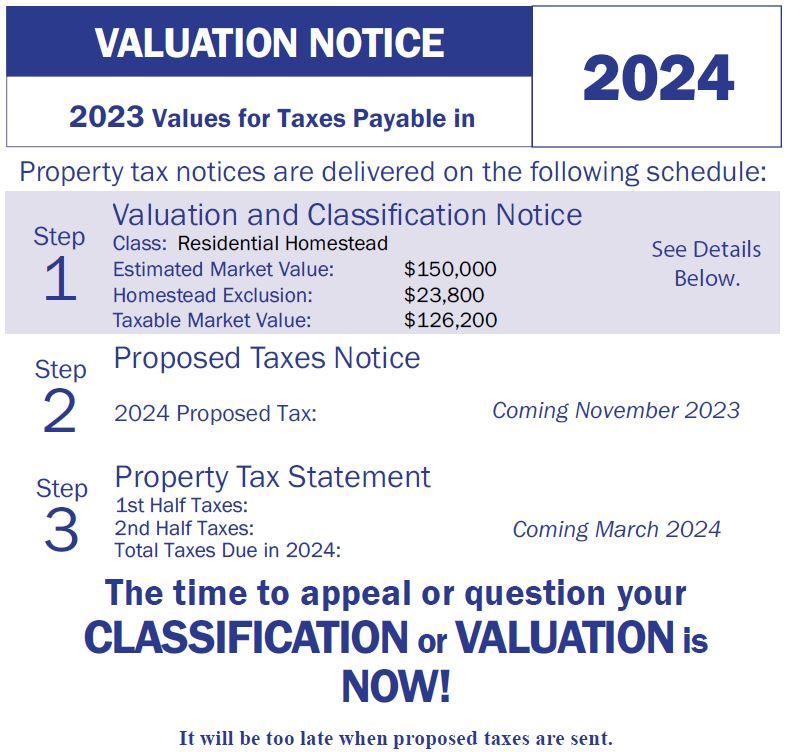 This site provides information for taxpayers of Independent School District 196, regarding how the district’s proposed referendum may affect property taxes. The site was prepared in cooperation with Ehlers, the district’s independent municipal advisor. If you have questions about the information on this site, please contact Ehlers using the information provided below.
This site provides information for taxpayers of Independent School District 196, regarding how the district’s proposed referendum may affect property taxes. The site was prepared in cooperation with Ehlers, the district’s independent municipal advisor. If you have questions about the information on this site, please contact Ehlers using the information provided below.
About the Referendum
The district will hold a special election on Tuesday, May 9, 2023 seeking voter approval of two ballot questions.
QUESTION 1 would authorize the district to issue up to $374,430,000 for acquisition and betterment of school sites and facilities including, but not limited to, safety and security improvements district-wide, construction of a new elementary school, land acquisition for and construction of new Rosemount Middle School, repurposing existing Rosemount Middle School, renovation and classroom additions at Rosemount High School, Transition Plus restroom renovations, renovation and classroom additions at Dakota Ridge School, land acquisition for future use, middle and high school science labs, performing arts spaces and furniture replacement district-wide, as needed.
QUESTION 2 would authorize the district to issue up to $119,315,000 for acquisition and betterment of school sites and facilities including, but not limited to, a high school activity center at each of the district’s four comprehensive high schools: Apple Valley, Eagan, Eastview and Rosemount.
QUESTIONS 2 is contingent on the passing of QUESTION 1, meaning it can only pass if QUESTION 1 passes.
For more information on how these funds would be used, view the District’s referendum website.
Impact on Property Taxes
Approval of the ballot questions would result in a property tax increase beginning with taxes payable in 2024, and the debt service tax levies would remain in place for 25 years. To determine the estimated impact of the proposed ballot questions on your 2024 taxes, follow the instructions below or view sample property types and values here.
Your 2024 taxes will be based on the 2023 Estimated Market Value (EMV), which will be provided on the “Notice of Valuation and Classification” mailed by your county in March 2023. Because the county has not yet published your value for taxes payable 2024, you can review the current value for taxes payable in 2023 using the “Notice of Valuation and Classification” that was mailed by your county in March 2022, your proposed tax statement from November 2022, contact your county and ask for the 2022 EMV for taxes payable in 2023, or follow the instructions below to look up your 2022 EMV for taxes payable in 2023 on your county’s website. Please note there may be a change assessed by the county that would be reflected on the next year’s valuation.
Click on the link below, click “OK” on the pop up (must allow pop ups to see this screen) and enter in your search criteria. Your parcel information will show on the right hand side of your screen. Click the “Valuation Notice” link to view your 2022 values for taxes payable in 2023. Use the number listed as “Estimated Market Value” located in the top right under “Step 1” in the calculator below.

ONLINE CALCULATORS: ESTIMATING TAX IMPACT
Residential Homestead Property
If you own a RESIDENTIAL HOMESTEAD property, enter the Estimated Market Value below to see the estimated tax impact.
Apartments
If you own APARTMENTS, enter the Estimated Market Value below to see the estimated tax impact.
Commercial / Industrial Property
If you own COMMERCIAL/INDUSTRIAL property, enter the Estimated Market Value below to see the estimated tax impact.
There are certain Minnesota Tax Credits and Deferrals that may affect certain property owners' situations. They include:
Minnesota Homestead Credit Refund
If your household income is less than approximately $128,280, you may qualify for the Homestead Credit Refund (also known as the “Circuit Breaker” refund). This program, which has existed since the 1970s, is intended to reduce tax burdens for homeowners with relatively low incomes and relatively high property tax burdens. Some important facts about this program are summarized below.
- Available each year to owners of homestead property
- Applies only to the taxes attributable to the house, garage, and one acre on agricultural homestead property
- Available to all owners of residential homestead and agricultural homestead property with household incomes of less than $128,280
- Refund is on a sliding scale, based on your income and your total property tax burden
- The maximum refund is $3,140
- Also available to renters
- To determine eligibility and refund amounts, complete Minnesota tax form M1PR
Special Property Tax Refund
If your total property taxes increase by more than 12 percent and more than $100 from one year to the next, you may qualify for a state refund equal to a portion of the increase. There is no income limit for this refund.
To determine eligibility and refund amounts, complete Minnesota tax form M1PR.
Senior Citizen Property Tax Deferral
If you are 65 years or older and have a household income of $60,000 or less, you may be eligible to defer a portion of the property taxes on your home, through the Senior Citizen Property Tax Deferral Program. The program:
- Limits the maximum amount of property tax you pay to 3 percent of your total household income
- Provides predictability; the amount of tax you pay will not change for as long as you participate in this program
